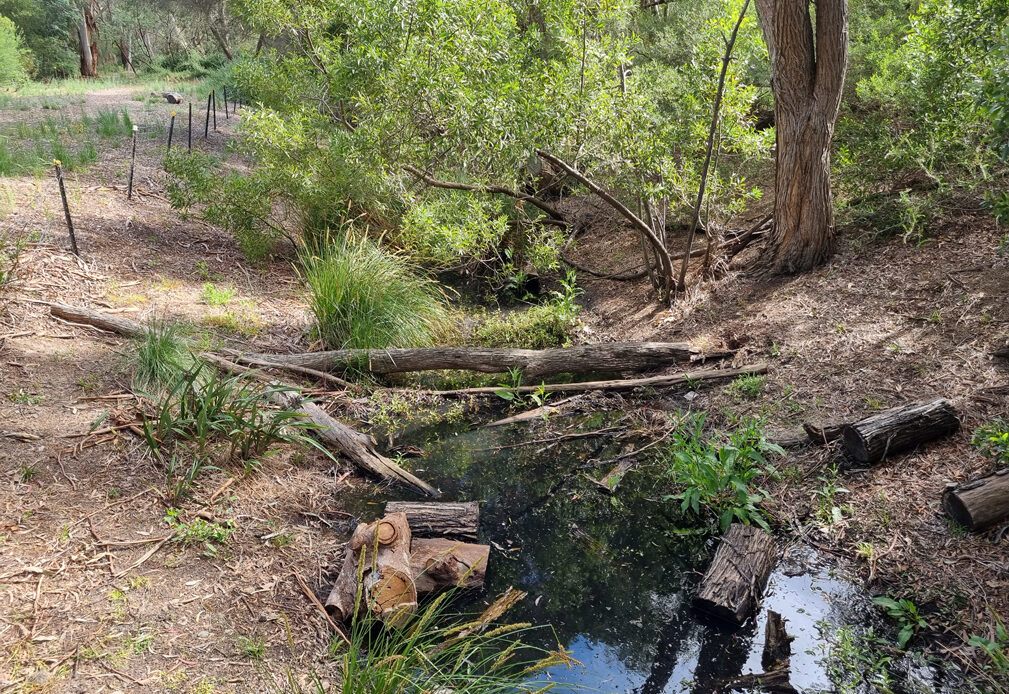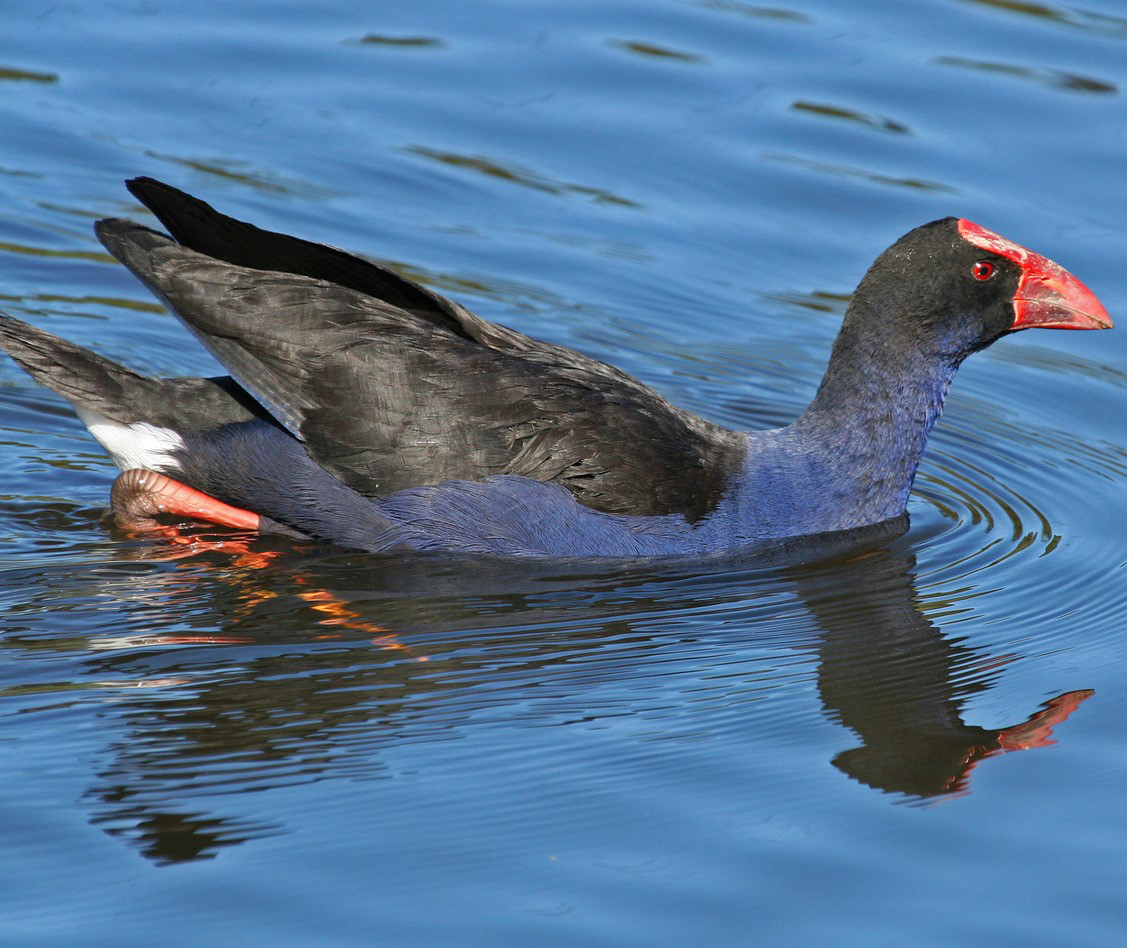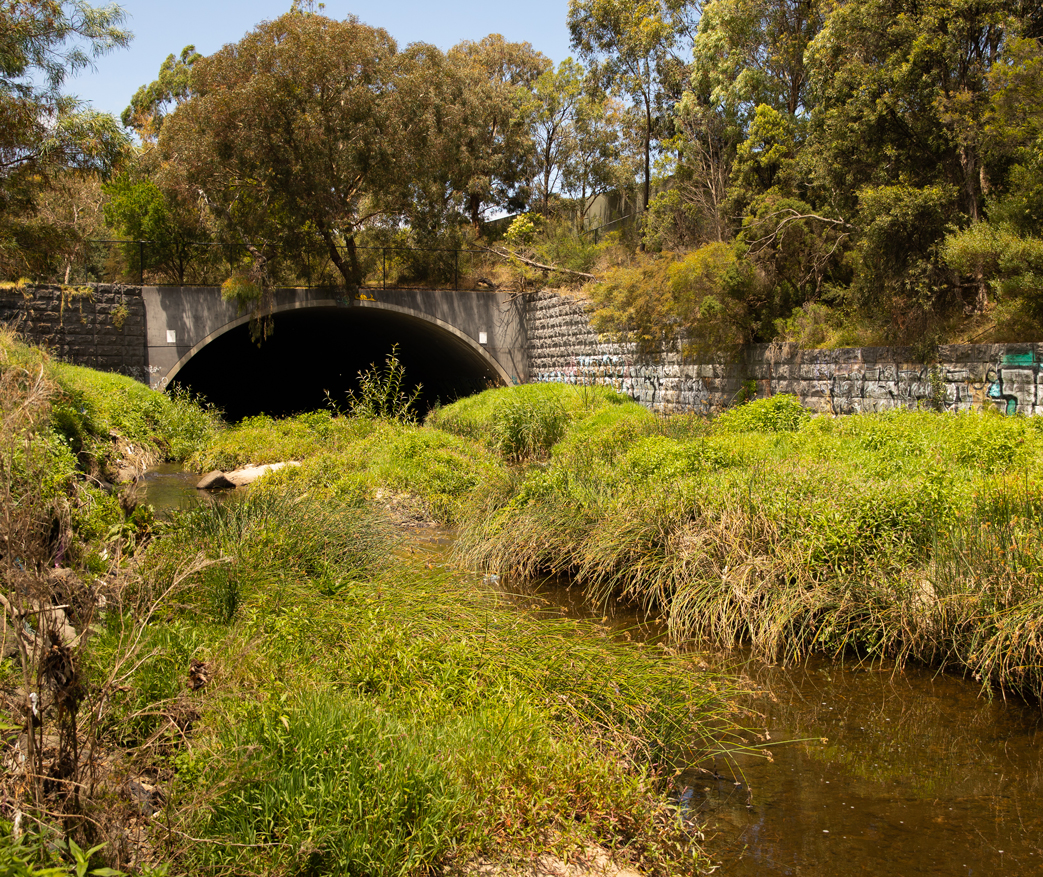The collaboration has been working with Melbourne Water and community groups across the catchment to establish an understanding of current and historic Waterwatch monitoring programs/sites.
These have historically been scattered across the upper reaches of the Gardiners Creek (KooyongKoot), Damper Creek, Scotchmans Creek, and at Blackburn Lake, and have consistent monitoring data going as far back as 2000.
In terms of new sites, thanks to a collaborative effort by the KooyongKoot Alliance, the Waterwatch team and volunteers from the Australian Conservation Foundation a site was setup during the winter months of 2024 on Back Creek, and a potential site, on the Gardiners Creek Reserve in Burwood, is being evaluated thanks to the interest of some enthusiastic environmental scientists based around the corner at Deakin University.
With a good spread of sites across the catchment gathering data the focus for the collaboration, the community and Melbourne Water, is now to understand how the water quality is changing over time, and use this information to guide intervention and education projects at the source of pollution events (the streets, linked to the waterways via stormwater drainage lines.
The program
- September 17, 2019
Date
- Melbourne
Place








